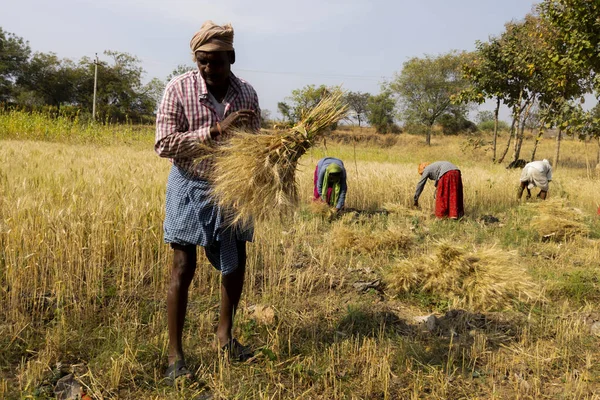

Launched in February 2019, the Pradhan Mantri Kisan Samman Nidhi (PM-KISAN) provides ₹6,000 annually to eligible cultivable land-holding farmers in three equal instalments via Direct Benefit Transfer (DBT) into Aadhaar-linked bank accounts.
In these five years between 2019 to 2024, the disbursal of more than ₹3.68 lakh crore has taken place. Disbursals are now strictly linked to verified data on the PM-KISAN portal, with States/UTs responsible for ensuring accuracy and recovering funds from ineligible recipients
The number of beneficiaries under the PM-KISAN reached its all-time high in mid-2022 (April–July) with over 10.48 crore farmers receiving funds which meant that nearly every second rural household in India. But soon ineligible farmers were identified and excluded leading to the Beneficiaries falling from 10.48 crore to 8.57 crore in a single cycle.
How are the beneficiaries identified? Aadhaar linked bank accounts, electronic KYC, and land record validation are the required conditions. However still crores of amount has been disbursed to ineligible account holders and therefore ₹416 crore has been recovered from ineligible claimants, including high-income earners, PSU employees, and government officials wrongly enrolled under the scheme.
The scheme has brought benefits such as increased rural economic growth, increased spending, and and increased farm input investments. But there are other views as well. Many farmers find ₹6,000 a year as a token gesture.
Moreover, India officially has anywhere from 9 crore to nearly 15 crore farmers, but the scheme is available for 8-9 crore farmers which means that many are excluded from the benefits. Many farmers are excluded due to digital barriers, such as poor internet access or the inability to navigate online processes required for eligibility.
Several farmer organisations have also been arguing to increase the PM-KISAN instalment amount and link it to inflation as well. So if the coverage is expanded and amount is linked to inflation, the scheme would more suit the interests of the farmers.
Comments
Write Comment